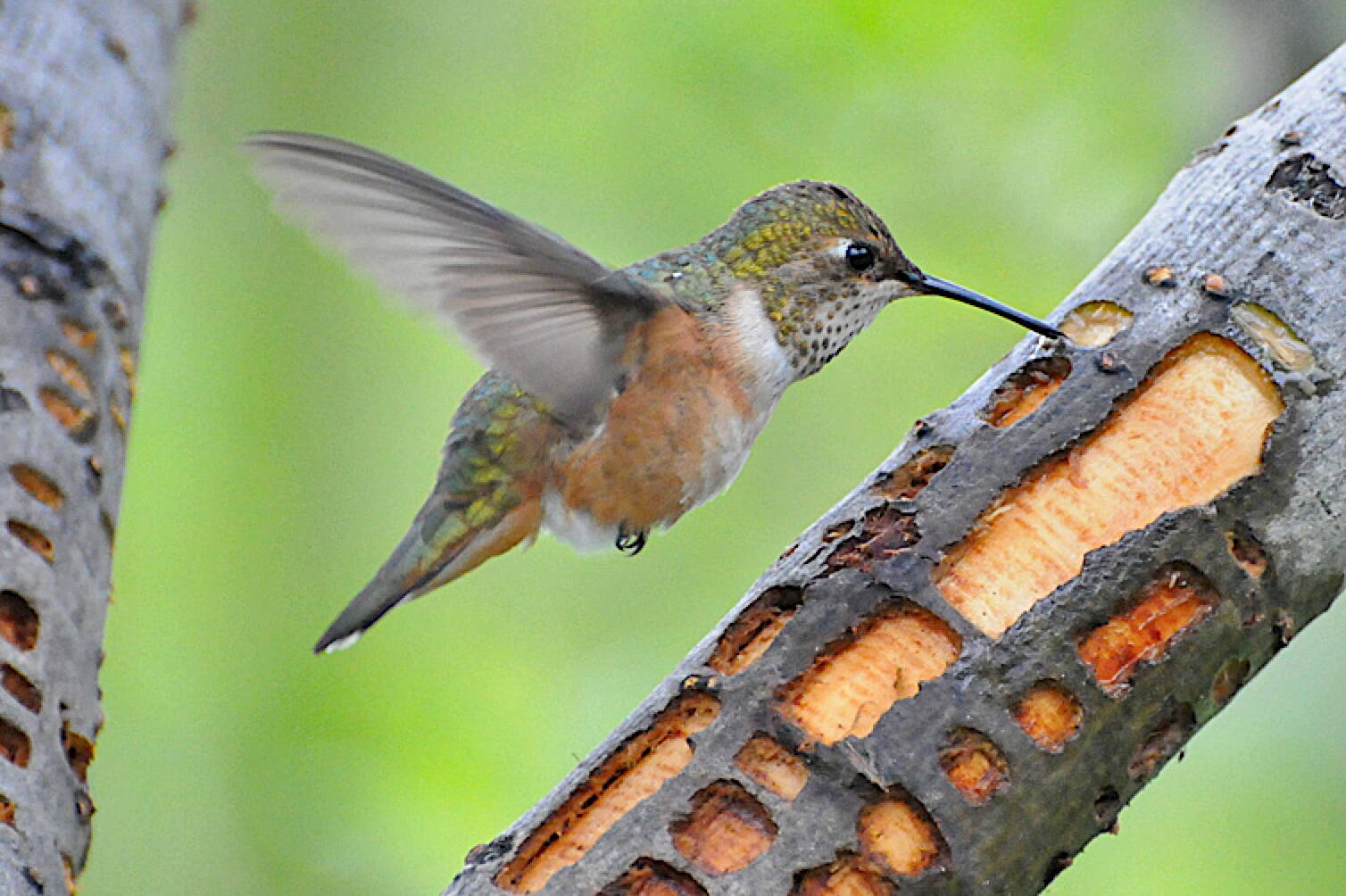I recently found willow catkins just emerging from their bud covers, getting ready to shed and receive pollen and be visited by foraging insects. That started me thinking about willows and their roles in the ecosystem.
Every plant interacts with other organisms, in a huge variety of ways, but it would be hard to beat willows for the number and variety of ramifying interactions in an ecosystem. I’ll try to summarize some of that.
Let’s start underground. Willows make mycorrhizal associations of different types with different fungi. Such fungal connections are well known to assist nutrient uptake and allow transfer of nutrients from plant to plant (of the same and different species). Because willows commonly occupy transitional habitats (e.g., between lakeshore or riverbank and forest), these underground connections would allow transfer of nutrients between very different vegetation communities that are likely to offer varied nutrients.
But it’s not all so simple; those mycorrhizal interactions evidently can be modified. Studies have shown that one kind of willow mycorrhiza and willow leaf litter can reduce the development of another mycorrhiza on nearby herbaceous plants, at least potentially affecting their survival and reproduction. I imagine that other modifications are still to be discovered.
Above ground, we are in more familiar territory. Willow twigs are good browse for deer, moose, and porcupines; ptarmigan eat buds in winter and catkins in spring; red squirrels eat the seeds. Sapsuckers often dig sap wells in the bark; the welling-up sap not only feeds the sapsuckers but also draws a variety of foraging insects and hummingbirds. Beavers eat the bark, use the branches in dams and lodges, and make bedding from fine bark fibers. Beavers can create habitat for juvenile fish and for birds. Those consumers can modify the growth form and flowering ability of the food plants, and they spread digestive products over the landscape, fertilizing the soil. In some cases, the abundance of specific food plants, perhaps including willow, may affect the population size of the consumers, and conversely, consumers can limit the population size of the food plants.
The world of insects offers still more interactions. Various insects leave their eggs on willow leaves, where orange-crowned warblers and other insect-eating birds look for them, but I don’t have any good information about them. However, here are some willow-using insects that we do know a bit about.
Dance flies are mostly carnivorous, but some of them visit willow catkins to eat the pollen. Well-fed, they can go on to pollinate certain kinds of flowers, including coralroot orchids. The flies, in turn, are hunted by birds such as ruby-crowned kinglets.
We often see tufts of crowded leaves at the ends of willow twigs; these are called “willow roses,” for the fancied resemblance to a rose flower. Willow roses are galls. A tiny gall midge lays an egg at the end of a twig; when the larva hatches, it burrows into the adjacent bud. In so doing, it stops twig growth, so the developing leaves can’t spread out along the length of the twig but are, instead, all crowded together in a cluster or rosette. The larva lives inside the rosette for a year or more before emerging as an adult fly. But certain wasps can pierce right through the rosette and lay an egg next to midge larva; when the egg hatches, the parasitic wasp larva chews its way into the midge larva and takes over the rosette. There can be other inhabitants of the rosette, too. Gall mites or other gall midges may live inside, next to the normal inhabitant but doing no harm.
And then there are willow weevils, small beetles that oviposit on the willow catkins in spring. The larvae live inside the catkins, sometimes distorting the shape; the local species apparently pupates inside the catkin and emerges in summer. Waxwings and sparrows eat the catkins — presumably those with larvae inside (lots of birds are known to eat larva-containing catkins of other species).
Willow catkins are an important source of food for queen bumblebees, which mate in the fall, before hibernating, and emerge from their winter quarters in early spring. Now each one finds a place to nest and makes a ball of pollen on which to lay her eggs. The larvae feed on pollen and nectar stored and regurgitated by the queen. Most of the larvae will be worker bees, some of which tend younger larvae in the nest but most of which will become foragers. These go hunting for blooming flowers, bringing back nectar and pollen to feed the brood in the nest. In the process of visiting flowers, they serve as very important pollinators of many species (including lupine, monkshood, blueberry, iris, some orchids, and many others). Bumblebees have predators, including birds such as the olive-sided flycatcher and robins, crab spiders that lurk inside flowers, wasps, and in some areas, certain mammals.
Now consider that all those ramifying interactions have their own further ramifications. Thinking about willows can lead to long, thoughtful mental excursions through the ecosystem.
Thanks to Bob Armstrong for helpful consultation.
• Mary F. Willson is a retired professor of ecology. “On The Trails” appears every Wednesday in the Juneau Empire.

